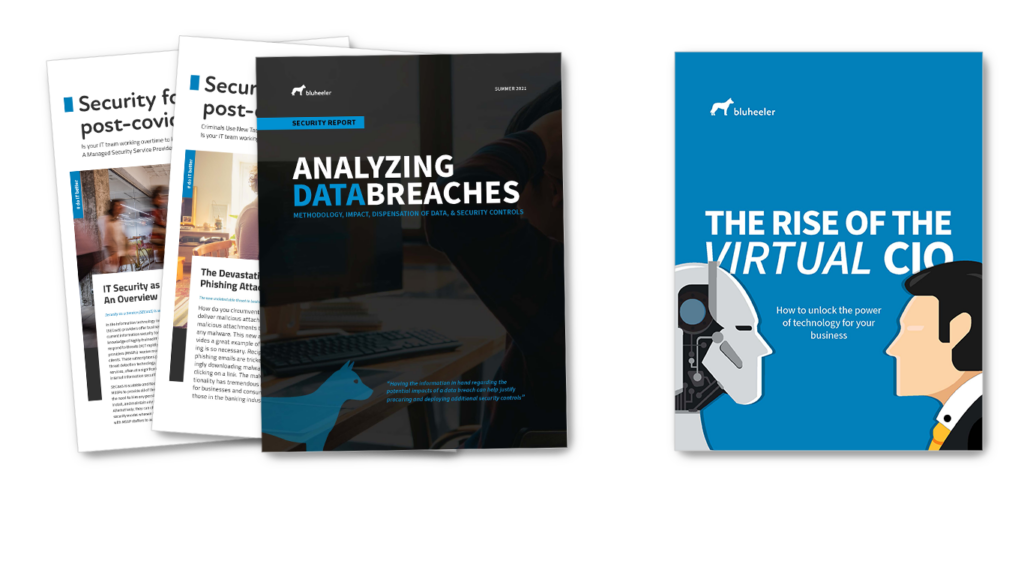The Unique Cyber Security Challenges of a Newly Remote Workforce
From online retailers to major international airlines, some businesses have been operating remotely for years. Those firms learned long ago that they could save significant sums of money, decrease costly turnover, and improve employee morale by allowing their staff to work from home.
Those early adopters had a head start on the rest of the business community, and they learned some hard lessons along the way. Now that millions of new at-home workers are abandoning their cubicles and corner offices for at-home work safety, lots of other businesses are experiencing those growing pains.
Unfortunately, those businesses are emerging into a much more dangerous world. Threats unheard of a decade ago are now commonplace, and not a week goes by without news of yet another cybersecurity breach. As businesses from coast to coast and worldwide embrace telecommuting and home offices, they need to double down on their cybersecurity. If they fail to do so, they could find themselves the next security breach headline.
Appoint a Point Person
Many cybersecurity breaches fly under the corporate radar, not because employees are lazy or uneducated but simply because they do not know whom to call. Those newly minted telecommuters may recognize a suspicious email or hang up on a tech support scammer, but they never report the incident to IT because they do not know how to do so.
Before businesses send a single employee home, they should set up a reporting system and a point person or team of individuals responsible for logging cybersecurity incidents. Keeping a database of such attempts can make defending against future dangers easier, and that should be job one.
Education is Key
Employee education is the key to a robust cyber defense, and businesses need to train their remote workforces thoroughly and carefully. Sending workers home with a cybersecurity manual is not enough; ongoing training is a much better solution.
Real-world training, complete with realistic scenarios and attempts at cyber breaches, is essential. Sending out phishing emails and providing additional training to workers who take the bait is a great way to raise awareness companywide, making real cyber attacks less successful.
Lock Down Devices Against Physical Dangers
When workers are in the office, the main threat to cybersecurity comes from outside the company. Since visitors are screened, and access control is maintained, the odds of outside eyes seeing something they should not is relatively small.
The same is not correct when those same workers head home. There are plenty of other eyes in those home offices, from nosy roommates and snooping spouses to careless children. Requiring the locking of company-provided laptops and employee-owned mobile devices is essential, requiring a combination of initial training and ongoing monitoring.
Businesses can use security software to enforce locking requirements and shut down screens after a specified period of inactivity. They can also use monitoring devices to ensure that mobile devices are adequately secured, helping to ensure that company secrets remain confidential.
Monitor and Train Spam Filters and Firewalls
Telecommuters and other at-home workers are at higher risk of ransomware, phishing attacks, and other cybersecurity dangers. Since many of these attacks originate via infected email links, the best defense is to keep those dangerous messages out of worker inboxes.
Businesses fielding remote workforces who are growing their numbers of telecommuters should pay close attention to their spam filters and firewalls, two defense mechanisms that can stop cyberattacks in their tracks.
Off-the-shelf spam filtering and firewall settings may not be enough to protect a new remote workforce. Instead, those tools can be adapted and trained as new threats arise, protecting workers against an ever-growing list of cyberattacks, ransomware demands, and other dangers.
Working from home can be a dream come true for many workers, but it can be a nightmare for business owners and IT staff. Now that the cubicle farm is coming home, it is time for those businesses to beef up their cybersecurity defenses to protect their employees, their customers, and their proprietary data.
Learn more about Bluheeler’s enterprise-level security, designed for the remote workforce. bluheeler.com






